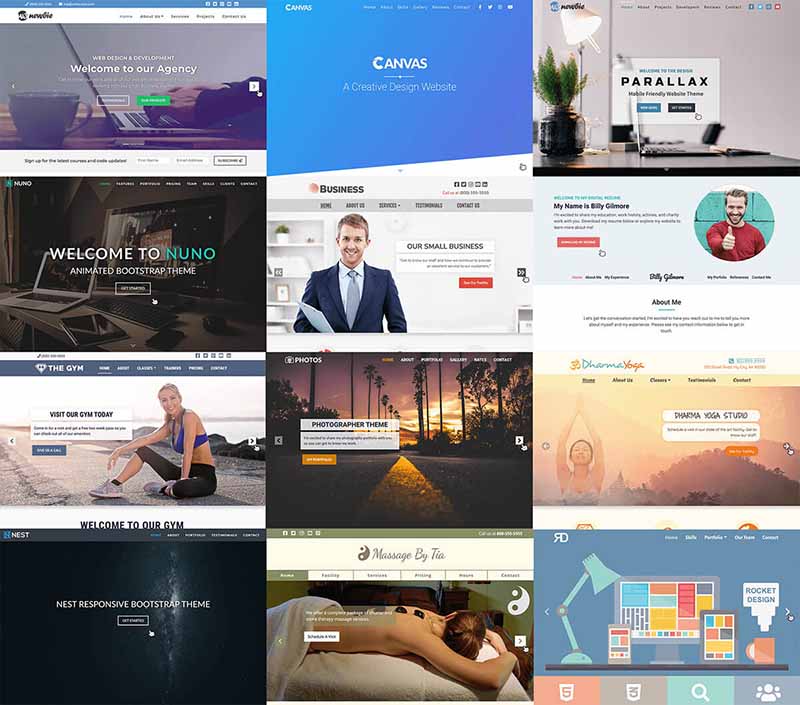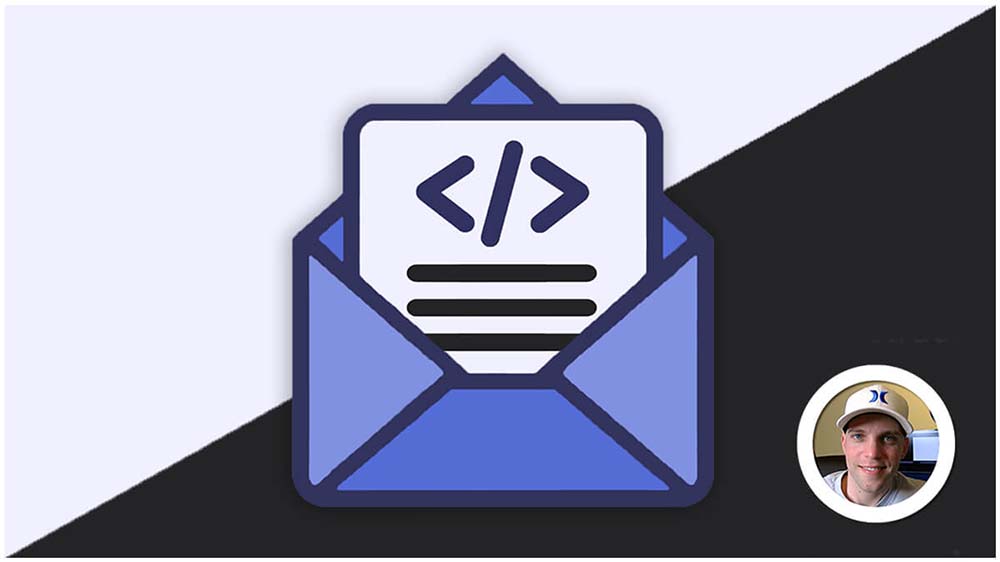CSS Tutorial
CSS, or Cascading Style Sheets, is the essential language for styling web pages. It’s the magic behind transforming the raw structure of HTML into visually appealing and engaging experiences. Think of it like the paintbrush that brings vibrant colors, exciting fonts, and captivating layouts to the otherwise basic canvas of an HTML document.
Here are some key things to know about CSS:
What CSS does:
- Controls the appearance of your web pages: fonts, colors, backgrounds, borders, padding, margin, animations, and more.
- Defines the layout of your page: positioning elements, creating columns, aligning content, and building responsive layouts that adapt to different screens.
- Enhances accessibility by ensuring your content is readable and usable for everyone, regardless of device or ability.
Benefits of using CSS:
- Separation of concerns: Keeps your HTML clean and focused on structure, while CSS handles the presentation, making your code more maintainable and organized.
- Reusability: Define styles once and apply them to multiple elements, saving time and effort.
- Consistency: Enforce consistent design across your entire website.
- Responsive design: Build layouts that adapt to different screen sizes and devices, providing a seamless experience for all users.
Get Started with Introductory CSS Concepts:
Whether you’re a seasoned developer or a curious beginner, CSS is a powerful tool that opens the door to creating stunning and functional web experiences. Dive in, experiment, and unleash your creativity!





